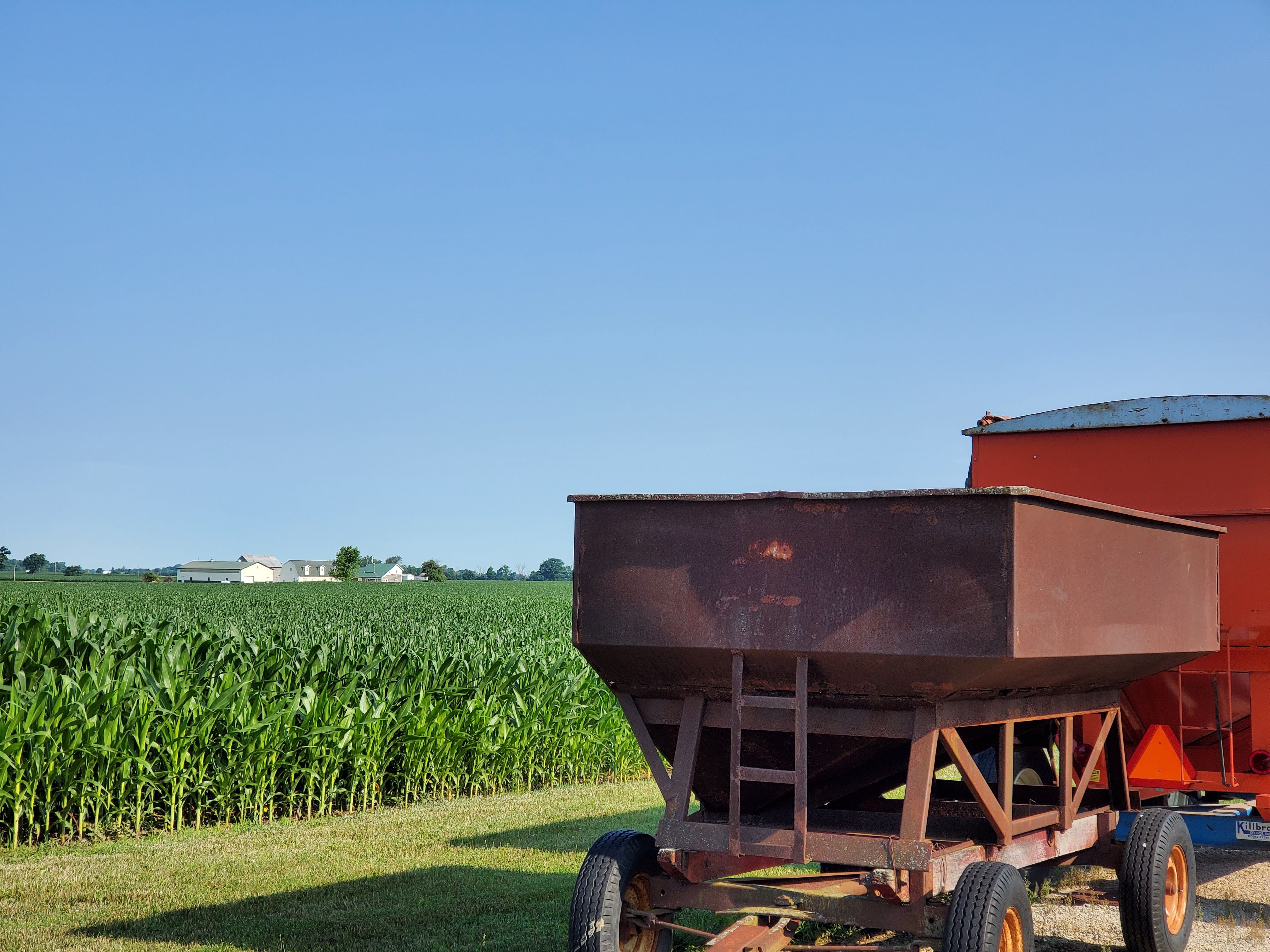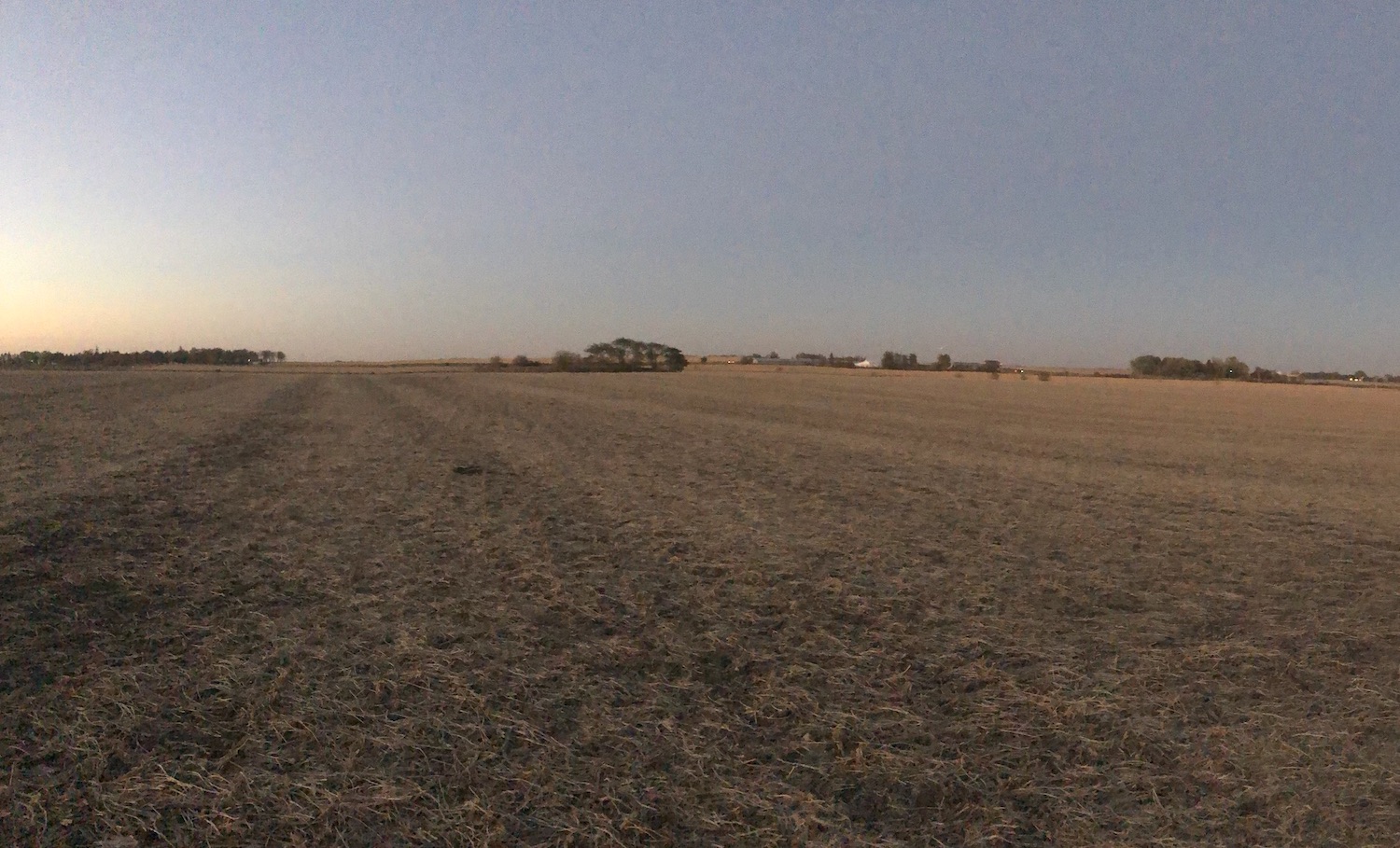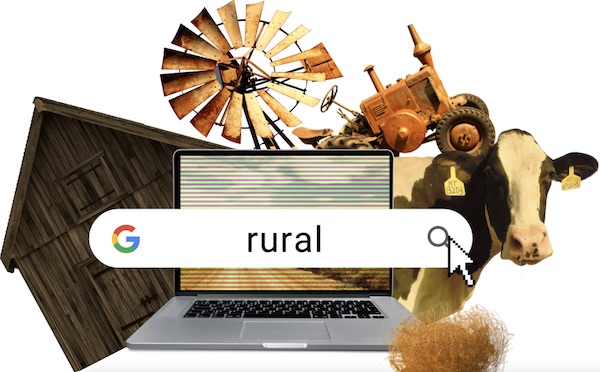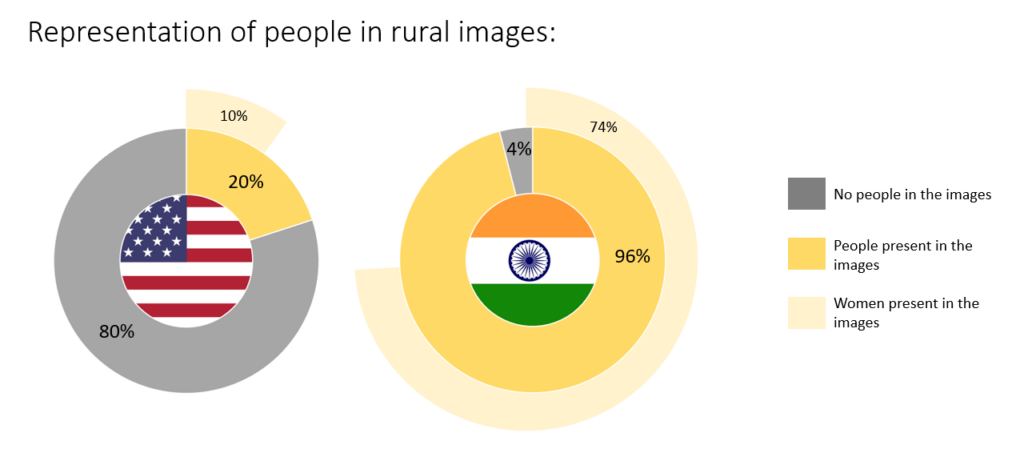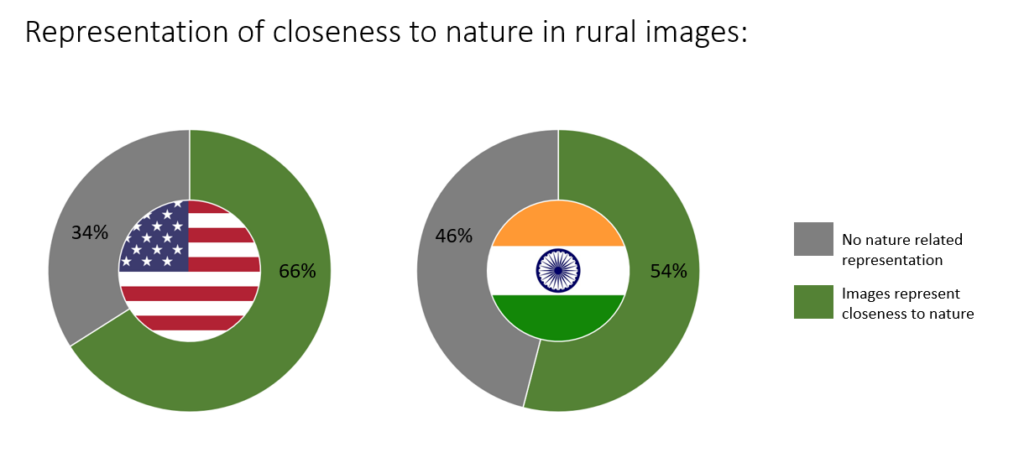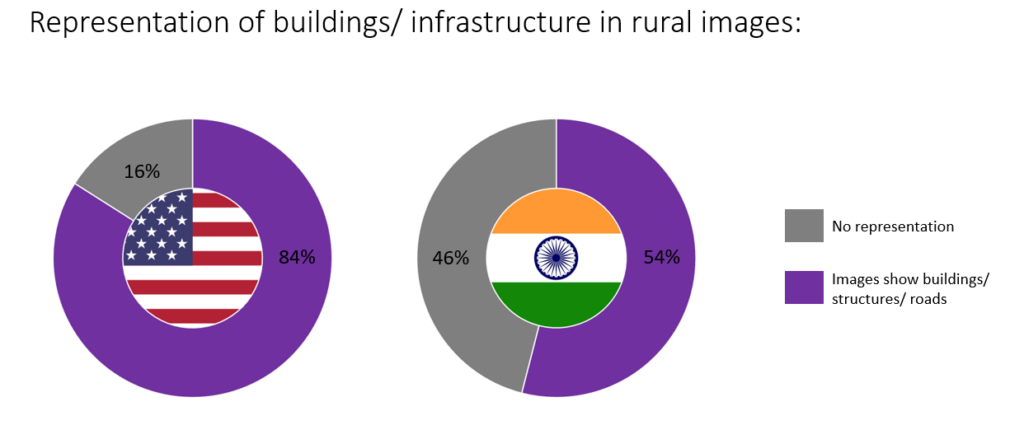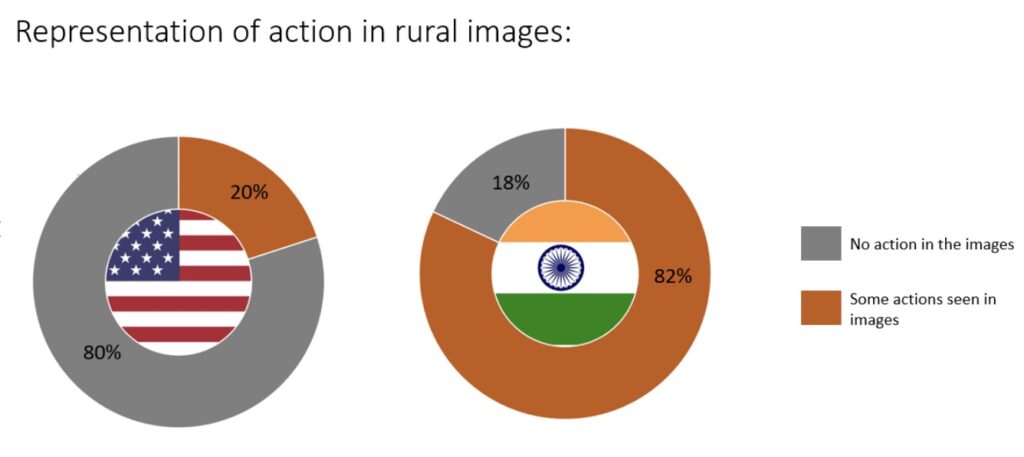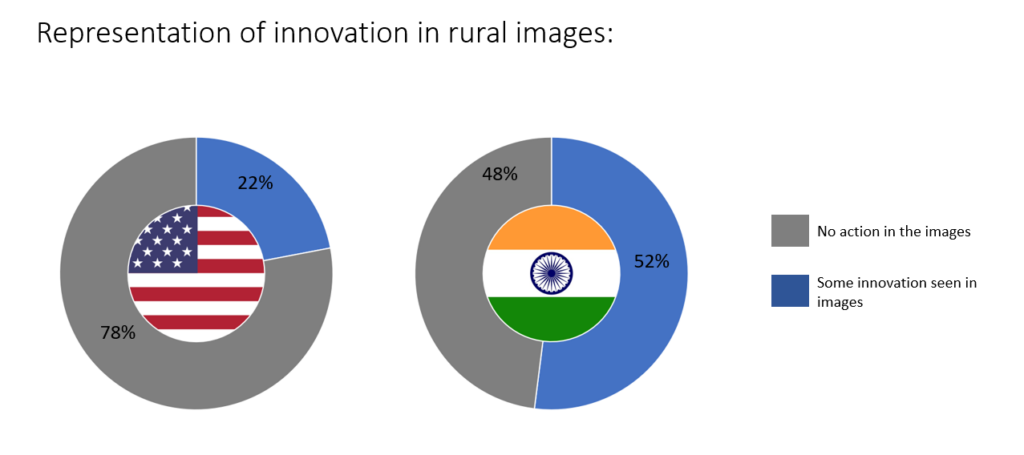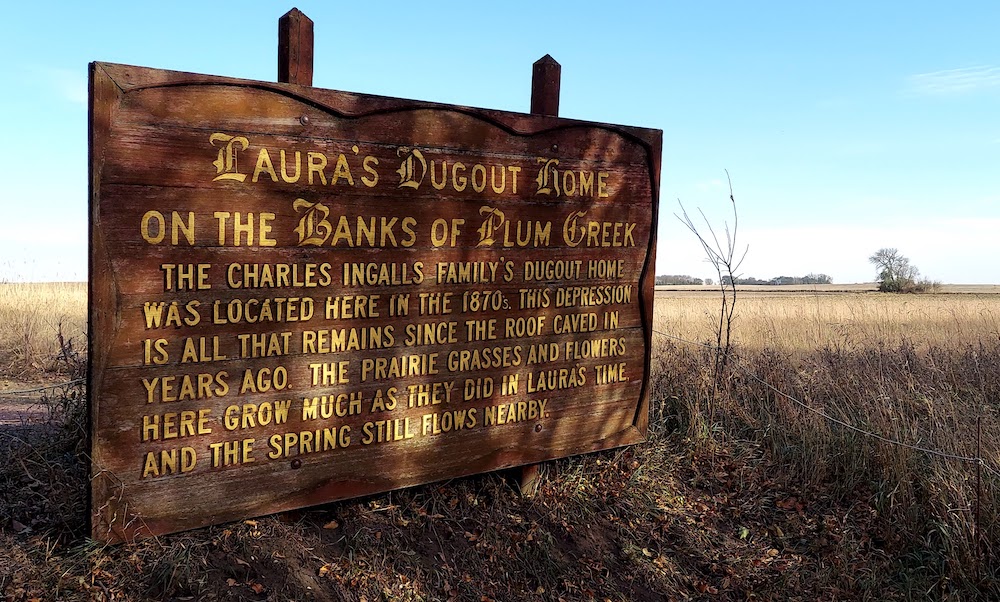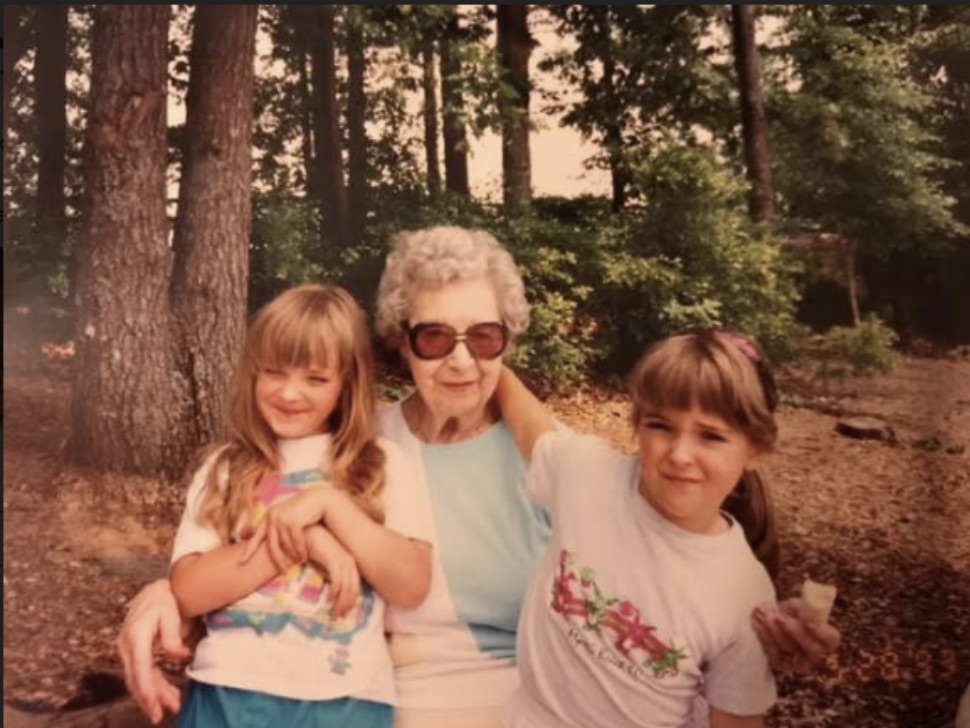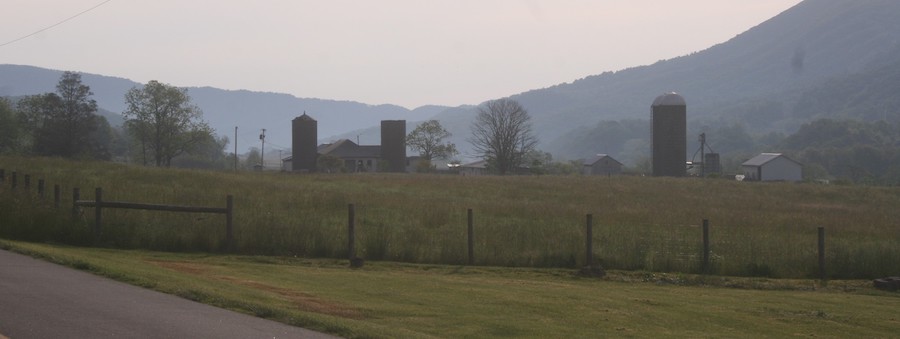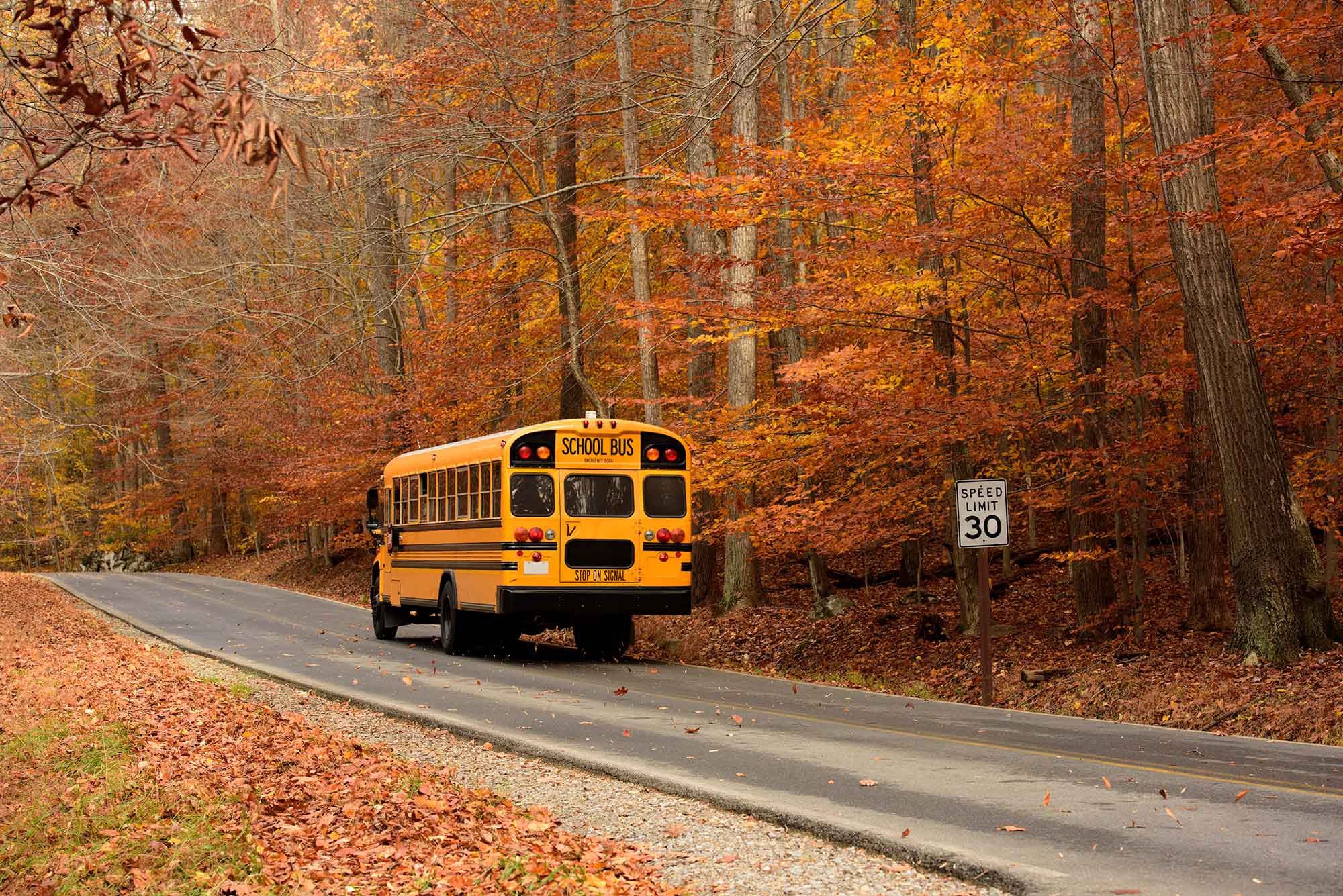By Chea Parton
February 16, 2023
Photo Credit: Chea Parton; The photo is of Chea’s family’s farm in Indiana
Those of y’all who tune in to the Reading Rural YAL podcast have heard me say this before, but I’m going to say it again:
As a working-class rural kid, I firmly and truly believed that in order to be a published writer, you had to be from New York City, L.A., or Chicago. I was an avid reader and noticed that pretty much every book I read was printed from a press that was located in one of those places, and that the writers on the dust jackets usually lived there or some other city.
Even in my rural school, I didn’t read (or at least don’t recall reading) any rural YA literature—at least none that celebrated or critically considered rural people, places, and cultures from an appreciative perspective. When we read Charlotte’s Web, I remember thinking it was an absurd story. When your whole livelihood revolves around raising and selling and processing livestock, no spelling spider is going to keep you from being able to feed your own family.
But we never talked about that side of the story. We never considered the repercussions for the farmers.
On top of that, because we rely on our experiences as students to inform our own teaching practices, I didn’t invite my rural students to read and analyze rural texts either. The only difference was that they were brave enough to call me out on it. Two of my self-proclaimed “non-readers” once waxed poetic about Where the Red Fern Grows with me while they were supposed to be talking about Chopin’s The Awakening. During our exchange, not only did they tell me that they were readers, they told me what they wanted to read, and what they wanted to read were rural stories that connected to their experiences.
Because I had never been asked to consider the power and benefits of using rural stories in my classroom, I asked them (hopefully with kindness) to turn their discussion to The Awakening even though I knew with about 98 percent certainty that they hadn’t read it (and secretly hoped they’d keep talking about Where the Red Fern Grows because they had).
Reading tells us what kinds of stories are possible. What kinds of lives can be and should be represented in literature. Reading tells us what kinds of things get published, and when we don’t see our realities and experiences represented in fiction, it’s easy to believe that they shouldn’t be. Getting a book published is hard enough for people who are telling stories that are attractive to the publishing industry and market. It’s an even harder feat for folks whose stories aren’t. So, who would blame them for not writing them? But if they don’t write them, then kids like my students, like me, don’t get to read them.
This is why I started the Literacy In Place Rural Teen Writing Contest. I want rural young folks to know that rural stories matter – that their stories matter. I want to make space for rural teen writers to be encouraged to write their stories and be recognized and honored for doing it well. I want them to know that there are people in the world who both want to and need to hear those stories.
And so, I introduce to you the winners of the first ever annual Literacy In Place Rural Teen Writing Contest.
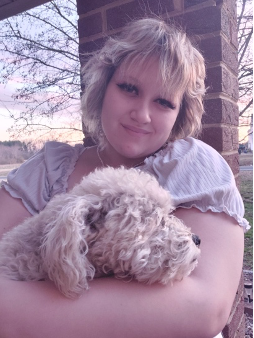
Our winner is Allison Strange of Lawndale, North Carolina for “Fate for a Cat.” Stay tuned for the Reading Rural YAL series featuring her work, including an interview with the author herself! Her prizes also include a classroom visit from Jeff Zentner and class set of copies of Rural Voices by Nora Shalaway Carpenter.
Runner-up goes to Kevin Evilsizer of Franklin Township, Indiana for “Heart Strings”. Keep an eye out for the Reading Rural YAL episode featuring an interview with the author later this spring. His prizes also include a signed copy of books by J.R. Jamison and Veeda Bybee who served as guest judges of the contest.


The judges felt that a third story deserved recognition, so even though it wasn’t planned, honorable mention went to Luke Urban of Franklin Township, Indiana for “Roof Top Farmer”.
Our guest judges used the criteria for the Whippoorwill Book Award for Rural YA Literature to evaluate students’ stories. Each one features a strong voice, effective use of literary conventions, and aspects of rural culture. I hope you’ll make time to read them (or maybe even assign them to your students) and leave some encouraging feedback.
The next contest is already in the works, and I’m hoping to see even more rural teen writers submit their work. This year’s theme is: Eat, Dance, and Be Rural: Celebrating Diverse Rural Cultures. We invite writing from all genres (fiction, narrative nonfiction, poetry, etc.) written by students in grades 9–12. This year’s guest judges include rural YA authors Kalynn Bayron (This Poison Heart), Pedro Hoffmeister (Too Shattered for Mending), and Terena Elizabeth Bell (Tell Me What You See). Prizes include a virtual class visit from Monica Roe and class set of her Cybils Award-nominated book, Air, as well as publication on the Literacy In Place website and guest spots on the Reading Rural YAL web series. More information can be found on the Literacy In Place website contest page. The submission portal will open July 1, 2023 and close December 1, 2023 with winners announced in February of 2024.
I hope you’ll encourage the rural teen writers in your life to submit their stories. I can’t wait to read them!
Dr. Chea Parton is the founder of Literacy In Place and a visiting assistant professor of curriculum and instruction at Purdue University. Reach out to readingrural@gmail.com with questions and follow @readingrural on Twitter, @dr_chea_parton on Instagram, and Literacy In Place on Facebook for contest updates as well as other rural teaching resources and news.



